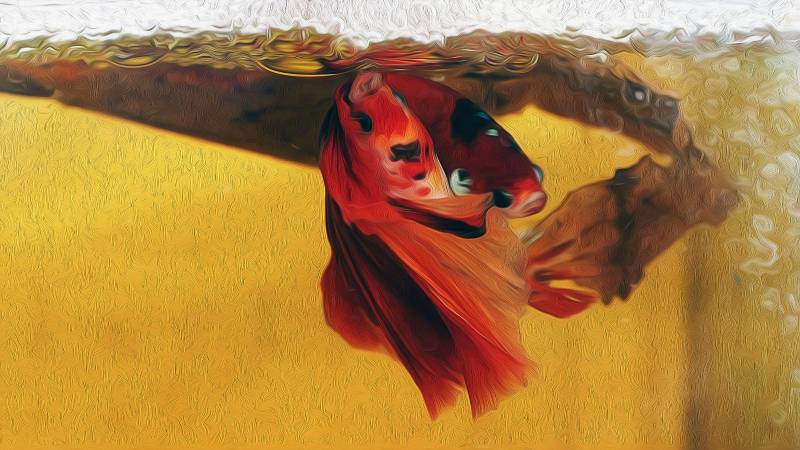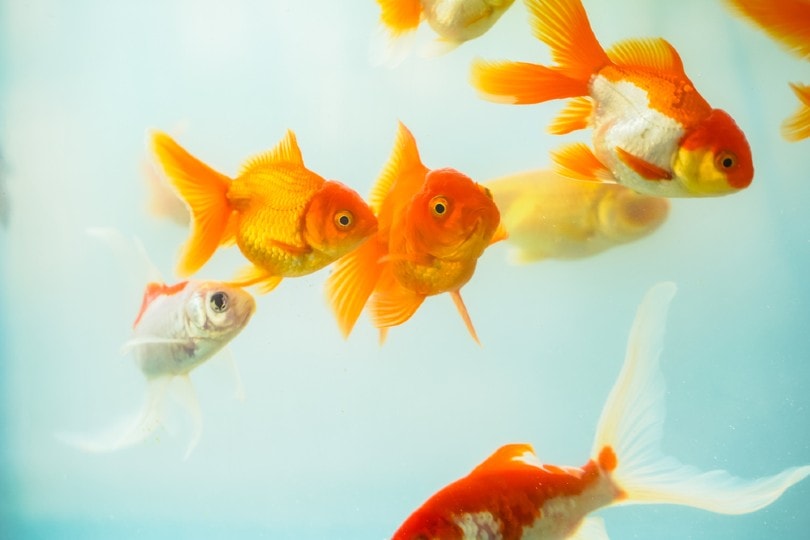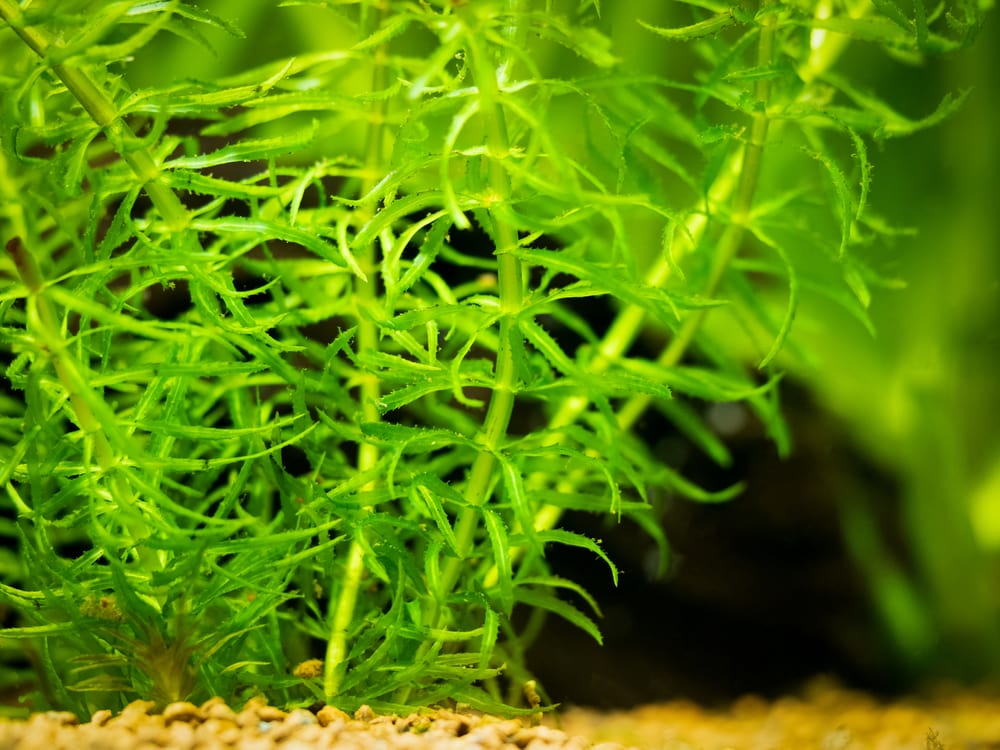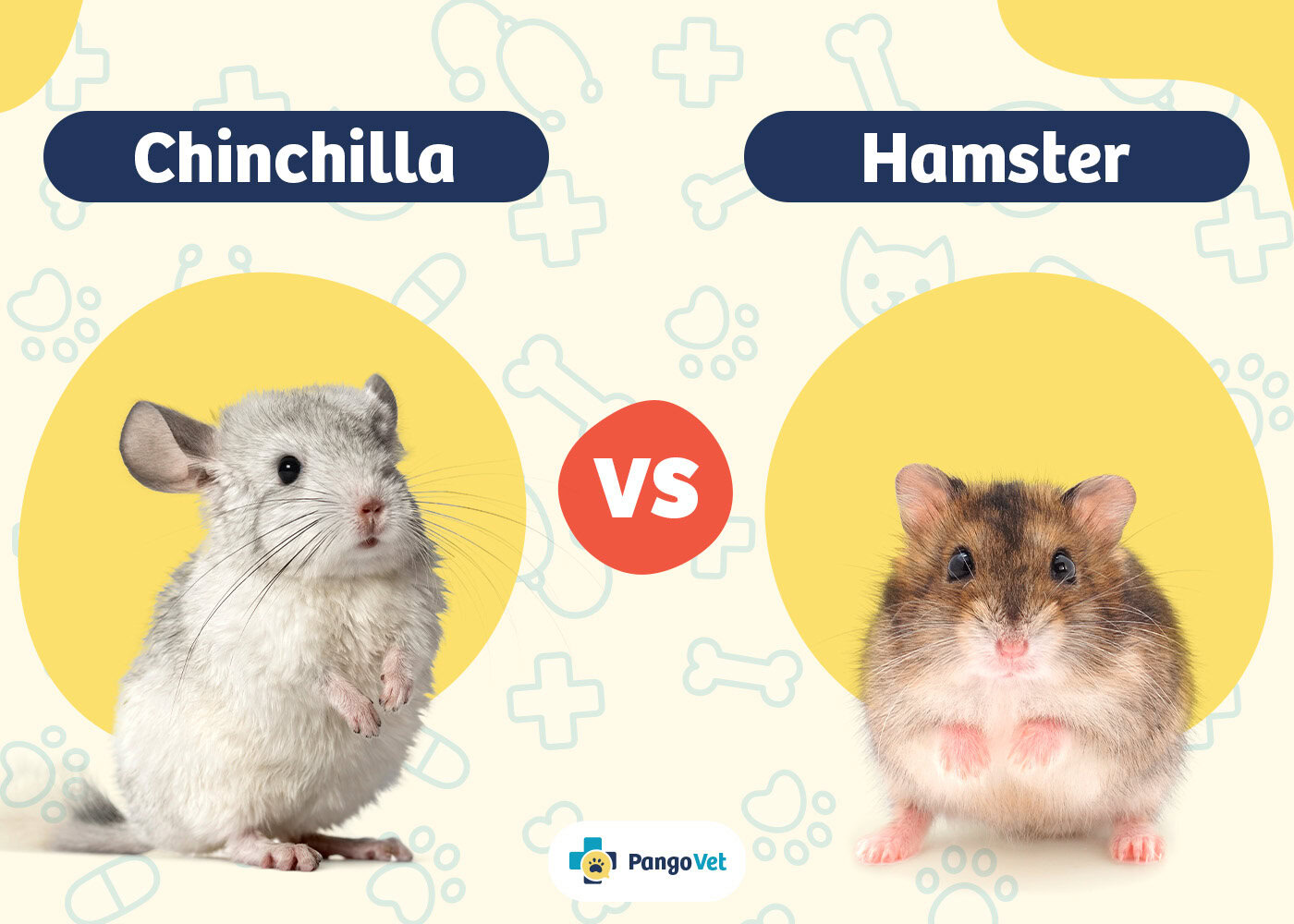Fish are intelligent and fascinating, and most can outlive many other types of pets. Your fish will be in your life for a while, and they will be able to recognize you as their owner when they beg for food.
Pet fish live in an underwater world, but many owners still form a bond with them. Losing a pet fish is heartbreaking and sad, but there are many ways to cherish your deceased companion and make memorable artwork and creative burials for them.

Coming to Terms
Fish get ill easily, and treatments for most fatal illnesses are unsuccessful. It is difficult to watch your fish get worse as the disease progresses. It is common to feel helpless in such a situation, as there are limited things you can do when your fish is suffering from pathogens or infections. When they pass on, it is usually hard to come to terms with your loss.
This article will help you learn techniques to cope with the loss of your pet fish and inform you of different types of burials you can do to preserve them in your life.
Why Did Your Fish Die?
Fish are prone to various illnesses even before they enter your tank. If you do not quarantine new fish for several weeks before you add them to the main tank, they pose a risk of passing pathogens that will make the other fish in the aquarium sick. This can be a problem, as fish usually only show signs when the illness has progressed. Treating your fish according to their clinical signs is the best option. However, many treatments will not be able to save your fish, and they will eventually succumb to their illness.
Another reason fish pass away early is that they are kept in unsuitable conditions. Small aquariums without filters or air stones and uncycled tanks are among the top reasons many fish die. Extensive research should be done on each fish you get to ensure that you provide them with a species-appropriate environment.
A silent killer in many aquariums is the water quality. Elevated ammonia, nitrite, or nitrate levels are toxic to fish and can kill them within hours. This makes it essential to do regular water testing and change the water frequently. Chlorine in tap water can kill fish if it is not treated with an aquatic dechlorinate.
The 5 Techniques to Cope With the Loss of a Pet Fish
1. Artwork
Even if you do not have the best artistic skills, creating a drawing or painting of the deceased fish can help you remember their beauty and features. Keeping the artwork on display is a special way to immortalize them.

2. Discussion With an Understanding Friend or Family Member
Talking to someone about your favorite things about the deceased fish and their quirky behaviors can help you share the bond you had with your pet fish. It can be reassuring to have another person understand your feelings after the loss.
3. Journaling

If you do not want to tell others about how you are feeling after your fish has passed, you can write down your feelings in a journal. You will be able to express your thoughts without feeling judged freely. It can also help to declutter your mind.
4. Fish Support Groups or Forums
Joining a community of fish keepers can make the experience less challenging. Other fish keepers have most likely gone through difficult fish deaths and can sympathize and relate to your experience. You can also share your favorite pictures of your fish and tell the community details about them.
5. Exercise and Other Activities

Instead of being cooped up in your room or isolating yourself, try various activities that you love. Exercise raises endorphins, which can boost your mood. Other therapeutic activities are gardening, doing carpentry, going shopping, taking an outing with friends, helping out at a local animal shelter, or even taking a self-care day and getting your hair or nails done.
 Creative Burials for Deceased Fish
Creative Burials for Deceased Fish
Planning what to do with the fish’s body after they pass can be tricky. Fortunately, there are several ways to create a memorable burial for your beloved fish.
- Potted Plant: Once the fish has passed, you could plant them in a flower pot. Depending on the size of the fish, some can even be kept in a desk-sized flowerpot. Make sure that you bury them at the bottom of the pot. Choose a flower or one of your favorite plants to grow inside the pot. A beautiful aspect of this burial method is that the plant uses the nutrients from the decaying fish and grows from it, which means your fish gives life to another living thing.
- Grave: Digging a grave and burying the fish in a decorative box is another ideal way to honor their life. You can get creative and make a headstone painted with the fish’s name and the date of their passing.
- Flowerbed: If you have a space in your garden, you can create a little flower bed. Fill the area with your favorite flowering plants, and bury the fish underneath it. This is a great way to create a spot to bury multiple fish if you own a variety.
- Cremation: You can also have your fish cremated. The ashes can be placed in a decorative vase, a necklace vial, or a special decoration that reminds you of the deceased fish. This is ideal for larger types of fish like goldfish, cichlids, plecos, and Oscars.
- Author’s note: Never flush a fish down the toilet or dump them in indigenous waterways. This is a hazard for wild species that will be exposed to captive aquarium pathogens.

Dealing With Guilt
Sometimes, when a fish dies, it is normal to feel guilty about the situation. You may have been too busy and forgotten to do a water change, or maybe you forgot to switch the heater back on after a power outage. It is essential to understand that these are mistakes, and you should take time to forgive yourself. Remember, fishkeeping is a long journey full of learning opportunities. It is okay to feel guilty, but do not be too harsh on yourself, as many people have made the same mistakes that you have.
When to Get Another Fish
Getting a new fish right away may not be something everyone will consider, but many people deal with loss differently. Some people may prefer to get a new fish a few days later. There is nothing wrong with this; it can be a therapeutic way to give another fish a loving home.
It is important to ensure that no leftover pathogens are in the tank that the fish passed in. The tank should be sterilized and cycled before a new fish is placed inside. This does not apply to community tanks where multiple fish live, but the new fish should still be quarantined.

Final Words
As sad as it is to lose a pet fish, it is bound to happen to all fishkeepers. Even the experts deal with fish deaths regularly. However, by providing them with a good home, all the appropriate equipment, and a large tank, you can rest assured knowing that you gave the fish the best possible life.
Featured Image Credit: Nature and Life, Shutterstock
Contents
- Coming to Terms
- Why Did Your Fish Die?
- The 5 Techniques to Cope With the Loss of a Pet Fish
- 1. Artwork
- 2. Discussion With an Understanding Friend or Family Member
- 3. Journaling
- 4. Fish Support Groups or Forums
- 5. Exercise and Other Activities
- Creative Burials for Deceased Fish
- Dealing With Guilt
- When to Get Another Fish
- Final Words










